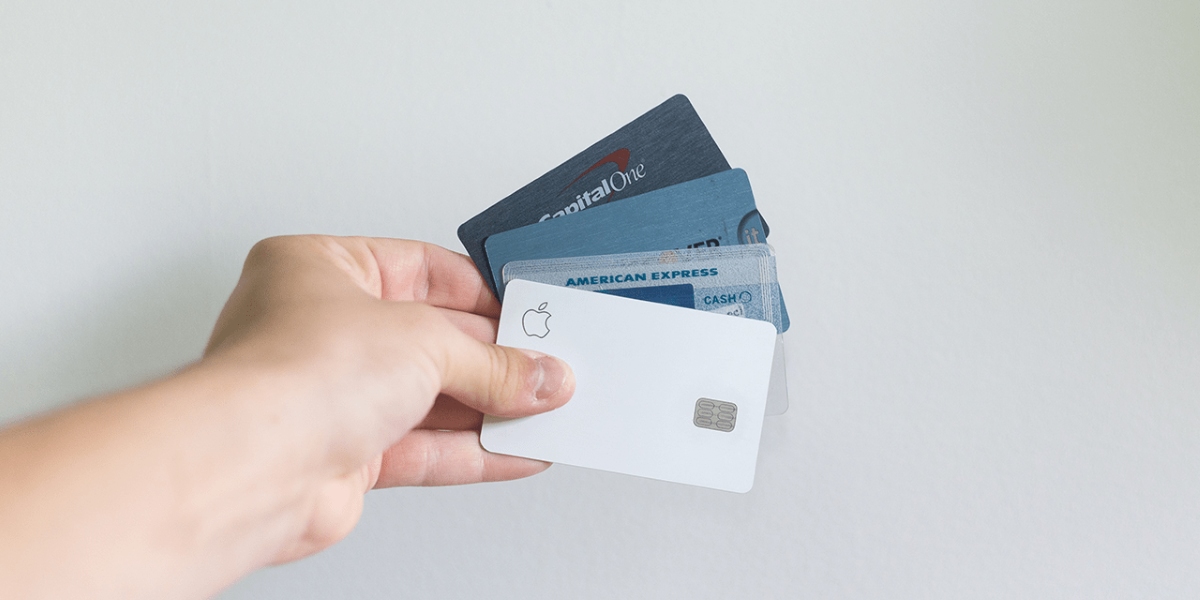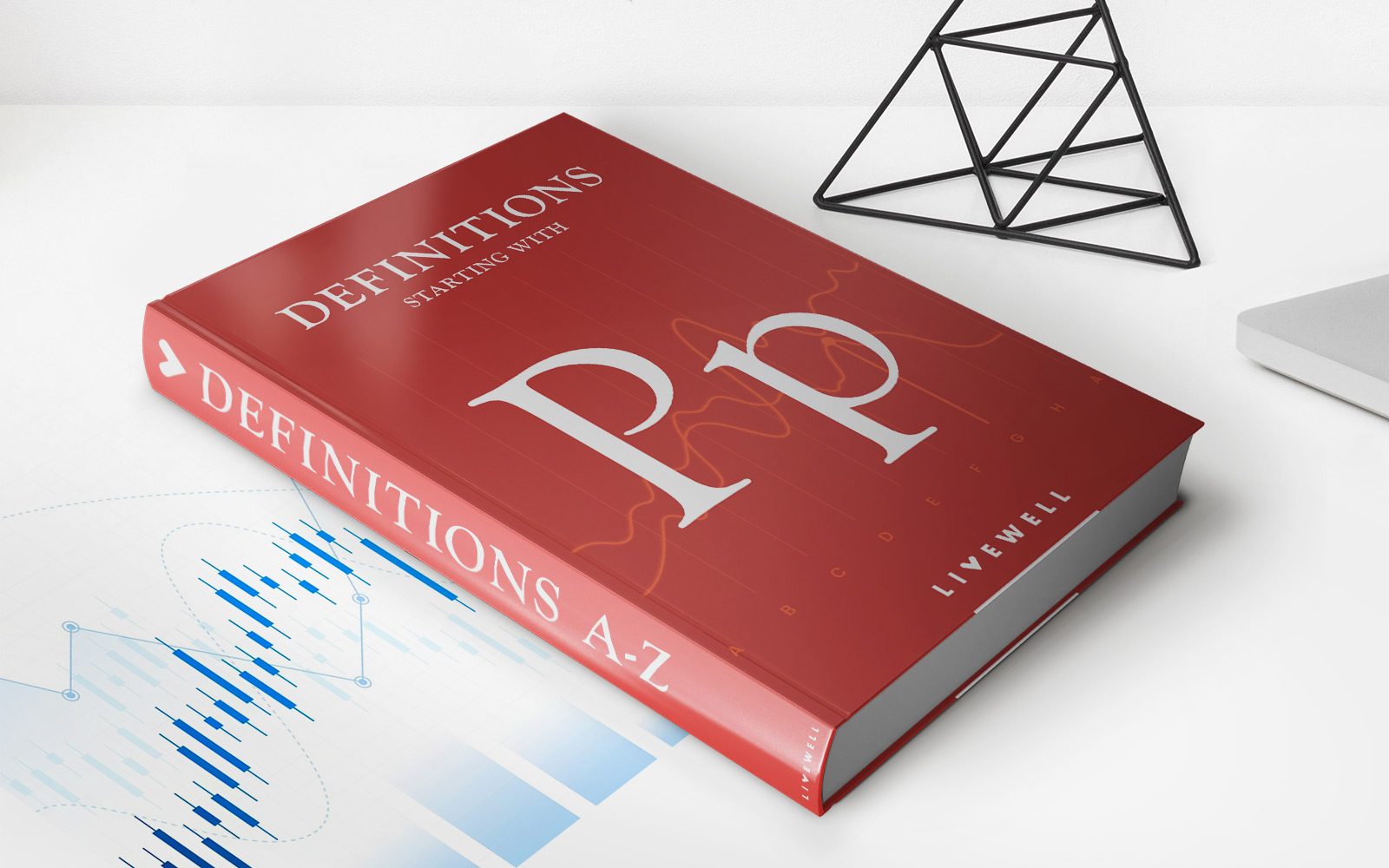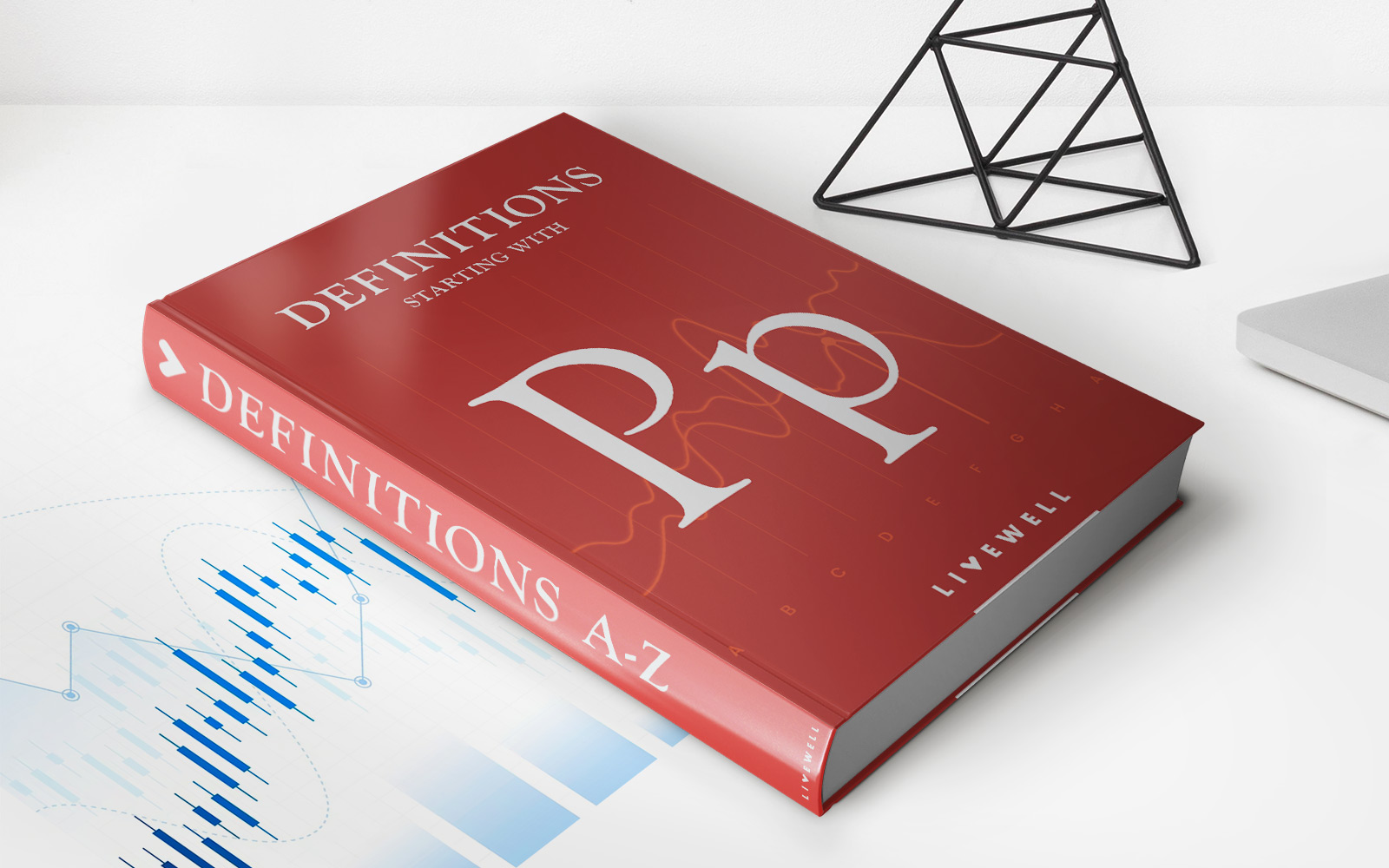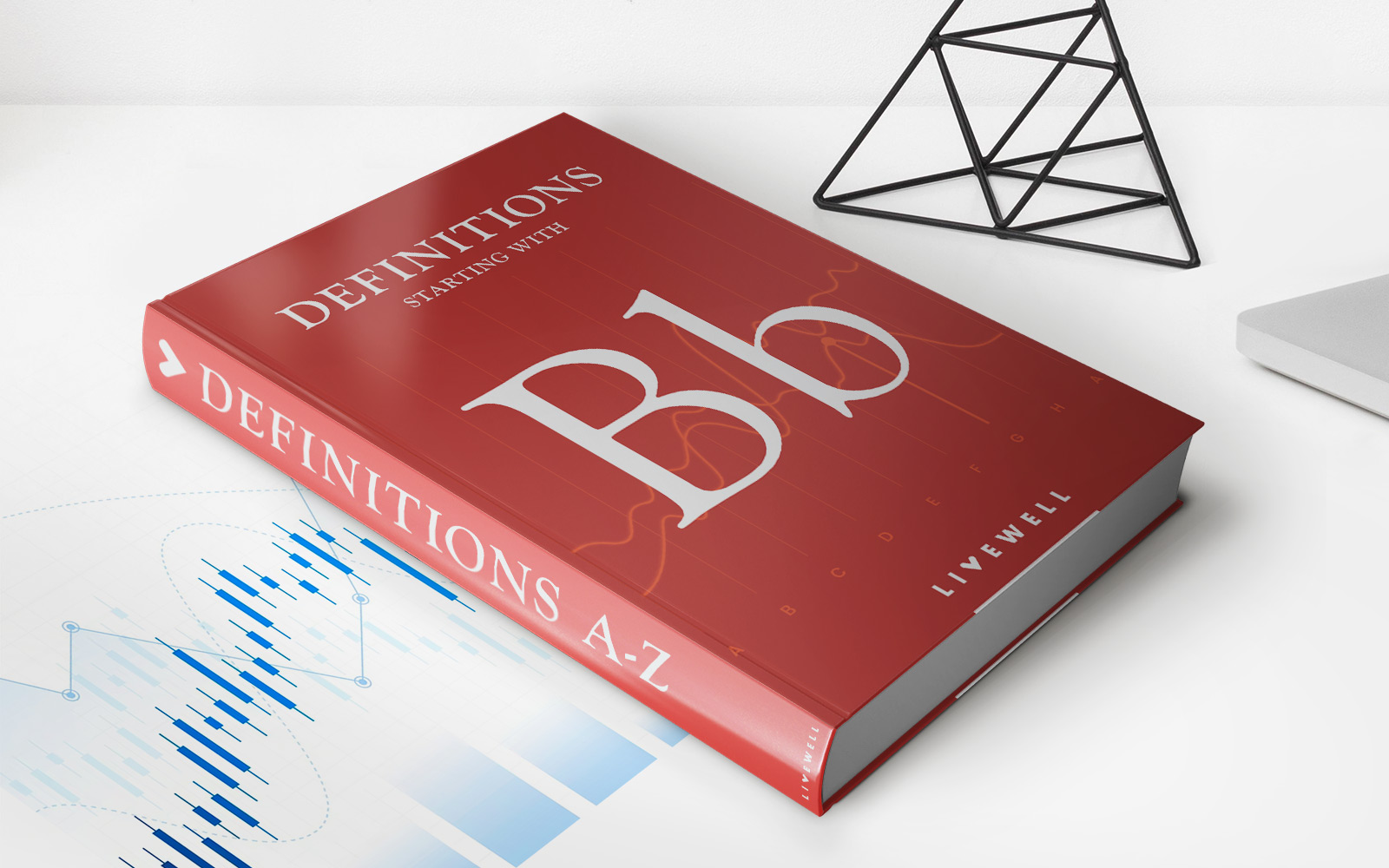Home>Finance>Bad Credit: Definition, Examples, How To Improve
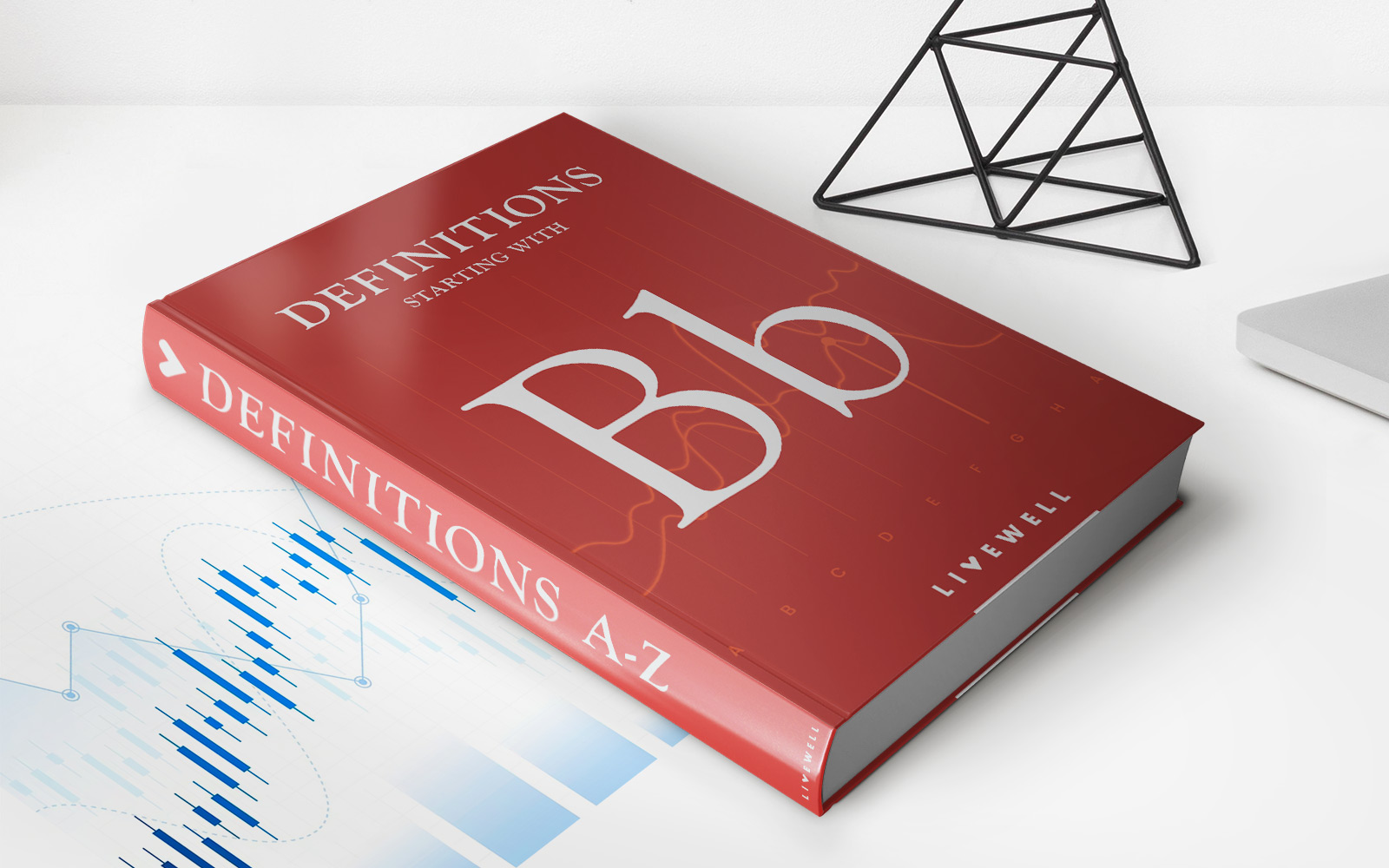

Finance
Bad Credit: Definition, Examples, How To Improve
Published: October 12, 2023
Learn the definition and examples of bad credit and discover effective ways to improve your personal finance. Explore this comprehensive guide now!
(Many of the links in this article redirect to a specific reviewed product. Your purchase of these products through affiliate links helps to generate commission for LiveWell, at no extra cost. Learn more)
Bad Credit: Definition, Examples, How to Improve
When it comes to managing your finances, having good credit is essential. But what happens when your credit score takes a hit, and you find yourself with bad credit? In this blog post, we will delve into the definition of bad credit, provide examples, and most importantly, give you valuable tips on how to improve it.
Key Takeaways:
- Bad credit refers to a low credit score, typically below 580, which suggests a higher risk for lenders.
- Examples of bad credit include late payments, high credit utilization, and accounts in collection.
What is Bad Credit?
Bad credit is essentially a low credit score, typically below 580, that is calculated based on your financial history and activity. This score indicates to lenders your creditworthiness and the likelihood of repaying borrowed funds. When you have bad credit, it can become difficult to secure loans or credit cards, and if you do, you may face higher interest rates or less favorable terms.
Examples of Bad Credit:
- Late Payments: Consistently missing due dates on credit card payments, loans, or bills can result in a negative impact on your credit score.
- High Credit Utilization: Utilizing a large portion of your available credit limit can indicate dependency on credit and may signal financial instability to lenders.
- Accounts in Collection: Unpaid debts that have been sent to collections can significantly damage your credit score.
How to Improve Bad Credit:
Now that we understand what bad credit entails, let’s explore some actionable steps you can take to improve your credit score:
- Pay Bills on Time: Make a conscious effort to pay all your bills, loans, and credit card payments on time to establish a pattern of reliability and responsible financial behavior.
- Reduce Credit Utilization: Try to keep your credit utilization ratio below 30%. Pay off outstanding balances and consider consolidating your debt to help lower your utilization ratio.
- Address Accounts in Collection: If you have accounts in collection, contact the creditor to negotiate a repayment plan or consider working with a credit counseling service to help resolve these accounts.
- Obtain a Secured Credit Card: A secured credit card can be a useful tool for building or rebuilding credit. Use it responsibly and make payments on time to demonstrate creditworthiness.
- Regularly Monitor Your Credit: Keep an eye on your credit report for any errors or inaccuracies. Dispute and rectify any discrepancies promptly.
Improving your credit score takes time and dedication but is entirely achievable with responsible financial habits. By taking control of your credit health, you can open doors to better financial opportunities and secure a brighter future.
